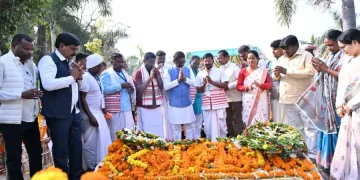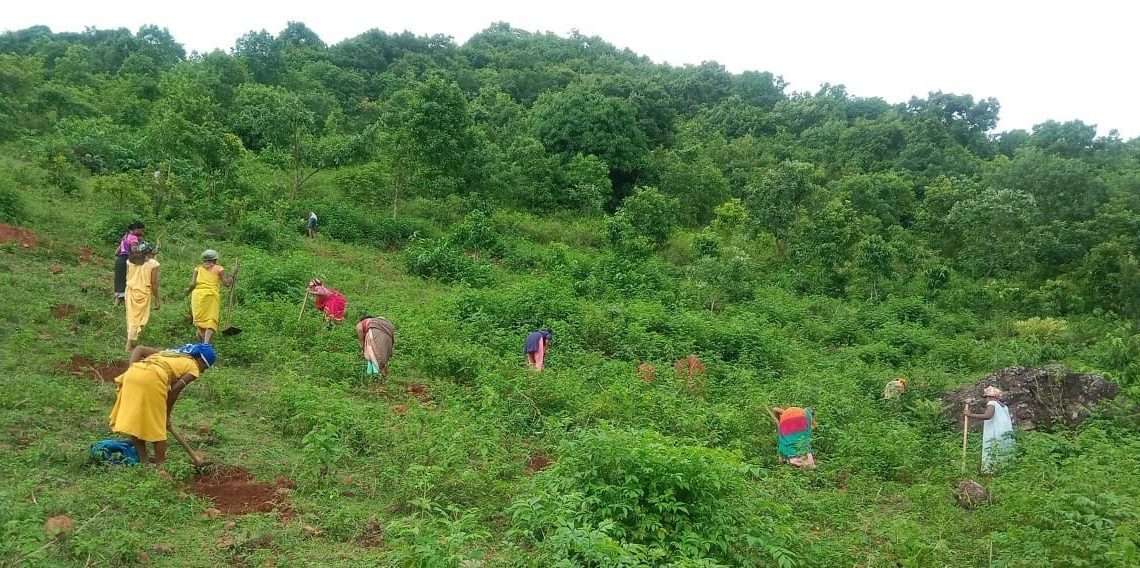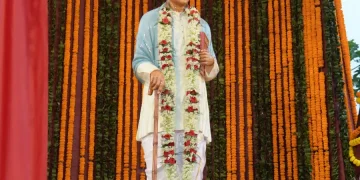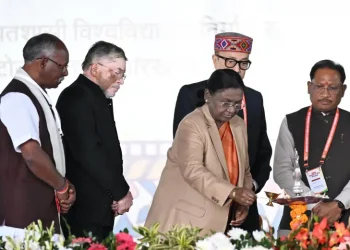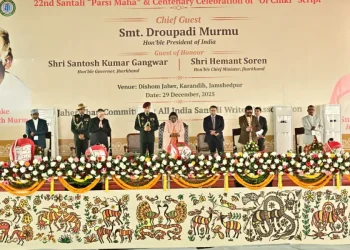Bhubaneswar
Residents of as many as 72 tribal dominated villages of Koraput remain motivated even after over three decades to go in for afforestation having well understood the damaging impact of relentless podu chasa (shifting cultivation) and rampant felling of trees in forests for fuel wood on their life and livelihood.
Armed with seedlings, seed balls and saplings of wild, fruit-bearing and medicinal plants like harida, bahada, amla, jamun, karanja sisoo and tentuli, villagers comprising Kondhs, Gadabas and Parajas have become brigades of environmental warriors. Led by their Gram Sabhas (apex rural bodies), the tribal greenies remain in a persistent pursuit of reviving and rejuvenating the lost sylvan beauty in their nearby forests.
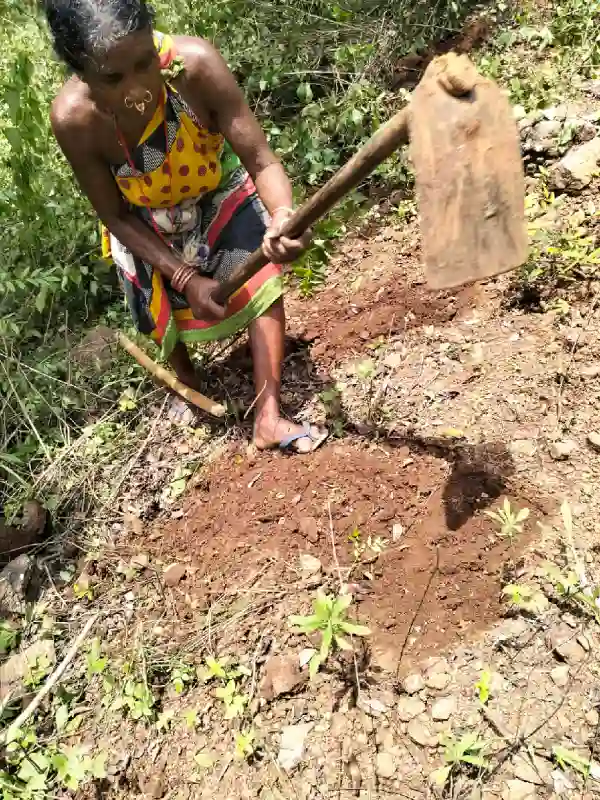
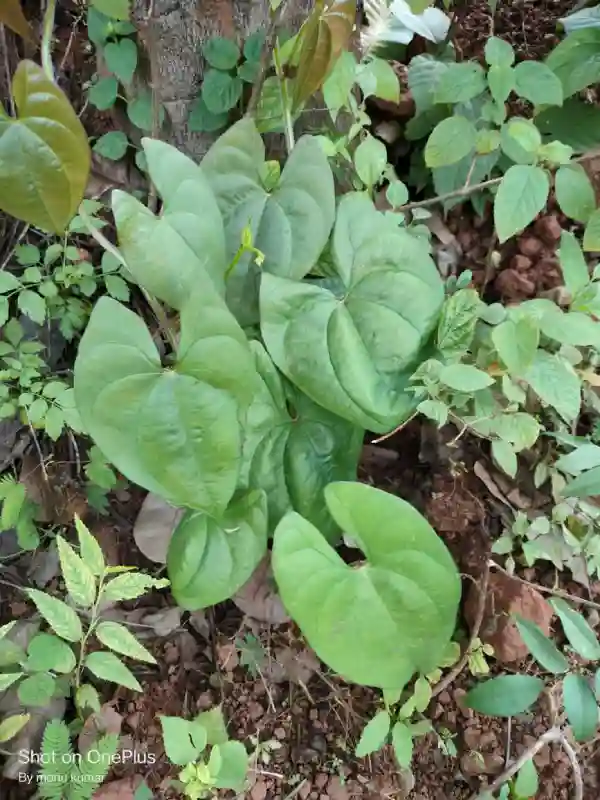
Long stretches of forests like Khadri, Pindamali, Suliapabli and Kasamkenda near the villages under Semiliguda and Pottangi blocks are said to have started losing their greenery from 1931. The loss picked momentum after 1960. As a result, tribals and even their disaris (priests and traditional healers) had to trek long distances to collect fuel wood, minor forest produce, and medicinal plants to live and let live. A major chunk of tribal populace even started leaving their native places to earn as migrant labourers in far-off lands.
Trapped in a critical juncture due to a loss of greenery, the ‘Gram Sabhas’ flagged off their afforestation drives in 1989-90. They set up their respective vigilant networks and forged out penalty parameters for those impairing the green cover.
“If anybody in our village fells a tree in its adjoining forests Gudeaam Gachch and Suliapabli, he is slapped with a fine of about Rs. 500 by our Gram Sabha. If an outsider does the same, he has to fork out a fine of Rs.1000 to Rs. 5000. The fine amount imposed on the outsider is determined by the Gram Sabha on the basis of the type, size and height of the tree,” said Gadaba tribal Trinath Khilo, the Gram Sabha’s president of Champakenda under Pottangi block.
However, according to Trinath, people are allowed to collect wood and twigs to use them as fuel wood and to erect their huts only by trimming the trees after paying an amount that ranges between Rs. 500 and Rs.1000.
“Our afforestation has also helped increase the number of wild animals and birds. Similarly, our ban on animal sacrifice during our festival ‘Chaita Parab’ that is observed during the Odia month Chaitra (March-April) plays a role in increasing the number of wild lives,” he explained.
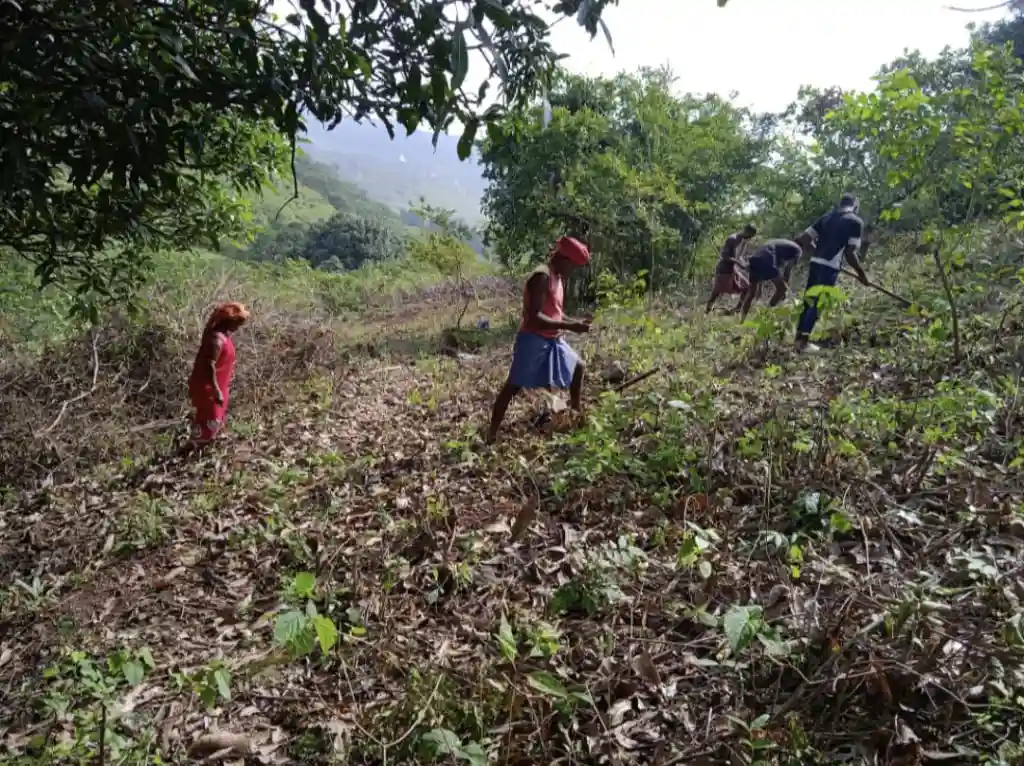
In some villages like Kediguda, two families are engaged to keep vigil on the nearby forest Kadalijala every day. All male members of a family who are 18 and more are engaged in guarding the forest. Similarly, in villages like Bilaput, a watchman is engaged to guard the adjoining jungle Khadri.
Ditto with Champakhenda, where the Gram Sabha keeps a forest guard to do this job. Each of the 55 households in Champakhenda contributes five manns (one mann is equal to 40 kilograms) each of paddy, millet and suan along with Rs. 50 as annual wage for the forest guard.
“We give two manns of paddy and mandia (millet) to the watchman to do his job. If these quantities run short to run the show on the domestic front of the watchman, all villagers unite to bear the extra burden of his house,” said Paraja tribal Budu Hantal, the president of Bilaput village.
Tribals donate seedlings and saplings grown in the backyards of their houses. Sometimes they procure saplings from the forest department free of cost or pay Re.1 per sapling to carry on with their afforestation drive.
“Hill stream Pedapakna in the forest adjacent to our neighbouring village Sipaiput, which had dried up more than five years ago, now has water even during summer. It is only because of the successful plantation drive of the villagers,” claimed Trinath.
Though the afforestation drive took off in 1989-90 and still continues, its pace was slow. After the Koraput-based non-government organization (NGO) Foundation for Ecological Security (FES) made its entry in 2008-09, it gathered momentum. Afforestation covered about 2000 acres till 2008-09. On the other hand, guided by FES, 50,000 saplings were planted in nearly 250 acres in five villages under Semiliguda block alone during 2011.
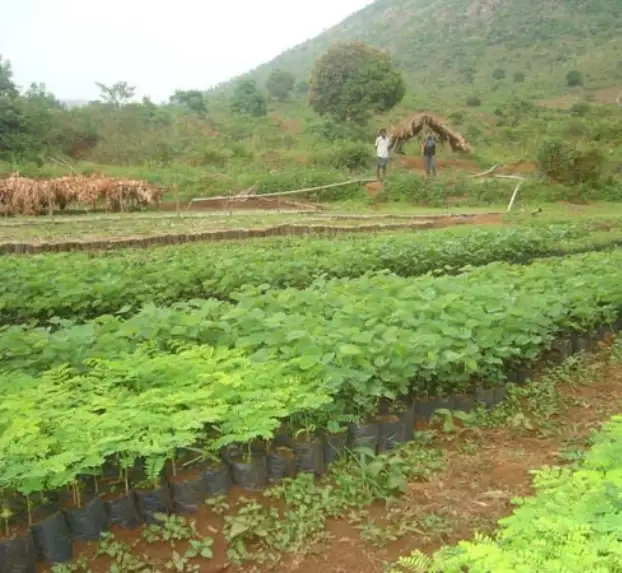
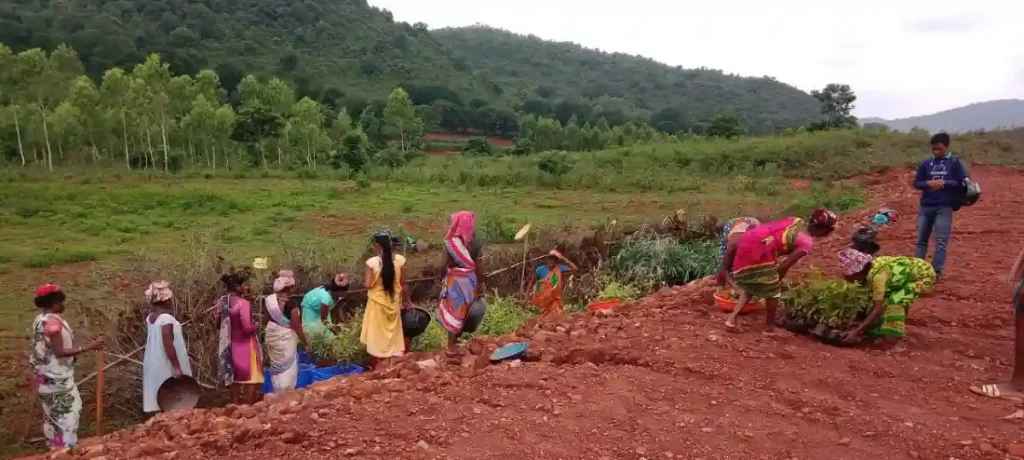
The NGO raised nurseries for the villages, did capacity building community members, launching campaigns on different thematic subjects like tuber planting, soul moisture conservation, lantana eradication seedlings and planting on jungle species. It used about Rs 2 crore from CSR (Corporate Social Responsibility)-fund of NVIDIA to accomplish the responsibility. Similarly, it utilized nearly Rs. 24 lakh from the Axis Bank Foundation on planting seedling and saplings.
“Between 2010-11 and 2023-24, villagers under our guidance have planted over 3,00,000 seedlings in nearly 2,500 acres. Besides, our 24 teams of volunteers flank out to 581 villages including 72 ones to motivate tribals to take up planting and revegetation,” said Pradip Mishra, the team leader of FES
Trained by FES, the villagers knead earth from ant hills, cow dung, bovine urine, sand and ashes together. They mix seeds with this gluey mix and make balls to plant them in the designated areas. This process is believed not only to protect the seeds and germinated plants from pest attack, but also to make use of manure utilized for the growth of the seedlings and plants for over six months.
The tribals planted about 1,80,000 saplings in 19 villages between 2010-2011 and 2016-17 from about 10,000 nurseries. However, raising nurseries posed a problem, as finance from CSR fund passed through dilatory dynamics. It hampered afforestation, which starts on the onset of rains. Therefore, FES had to purchase saplings at the cost of over Rs. 28 from private nurseries to get going, while it spent about Rs. 12 per sapling to raise nurseries. The Koraput forest department stepped in to support in 2020-21, supplying 250 seedlings per village. Till now, the department is said to have covered over 1000 acres under afforestation.
“Initially, the department provided 250 seedlings freely as samples to each of three villages under Semiliguda block. Later in 2020-21, it provided seedlings at Rs. 2 each. Now impressed with the effort of villagers, it has reduced the price of each seedling to Re.1,” said Sukanta Biswal, the forester of Semiliguda forest range.
“In 2022-23 the department provided about 12,000 seedlings to three villages under Semiliguda block covered,” he added.
With the villagers carrying on with their afforestation diligently, dedicatedly and successfully, the Odisha government conferred the award of Prakriti Mitra on village Champakenda in 2023. “Along with the award, our village also received a cash prize of Rs. 20,000,” boasted Trinath.
“If the government and different agencies go on cooperating, we will bring back the entire green make-up of our nearby forests like Baghjhola, Majujhola and Kidajhola,” said Paraja tribal Damodar Hantal, the Gram Sabha’s president of Kasuguda under Pottangi block.

